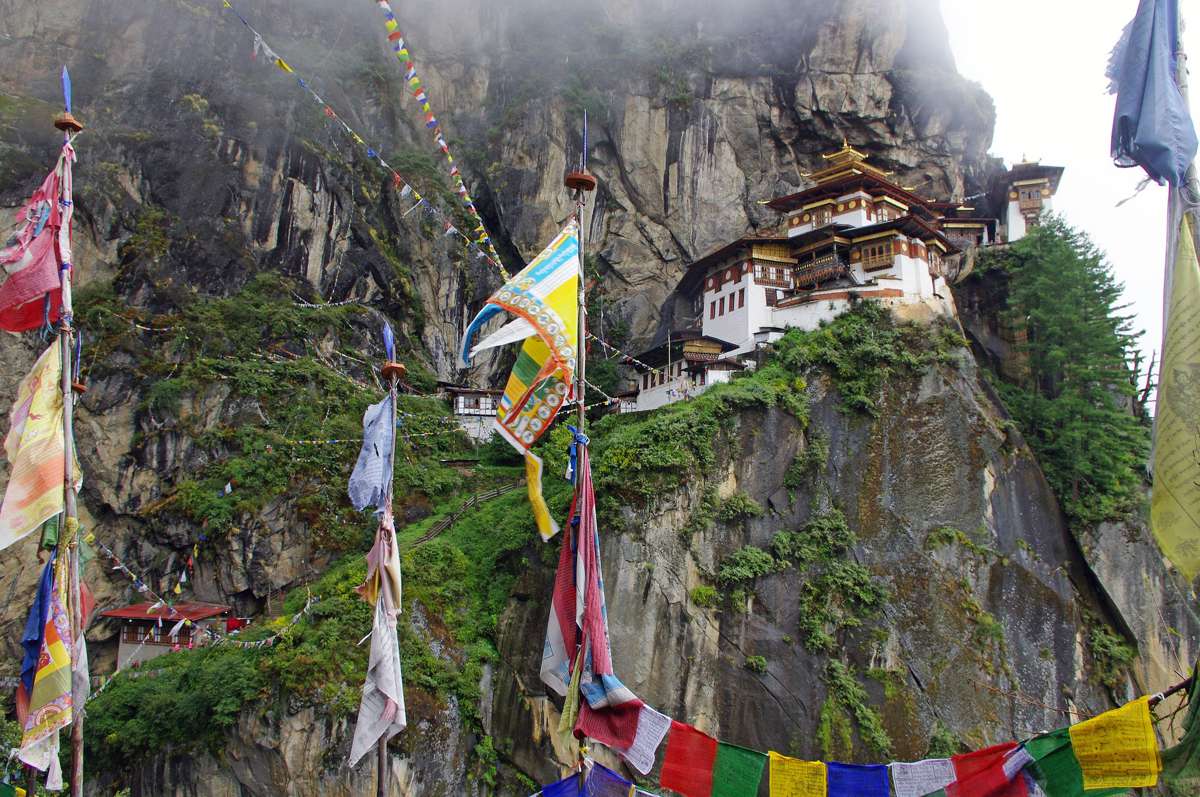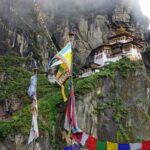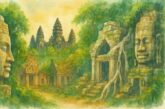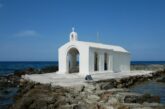Why Bhutan is an Unforgettable Destination
Bhutan, a small country nestled in the Eastern Himalayas, is truly a one-of-a-kind destination that offers visitors an unforgettable experience. From its stunning natural beauty, rich culture, and unique approach to development, Bhutan truly stands out from the rest.
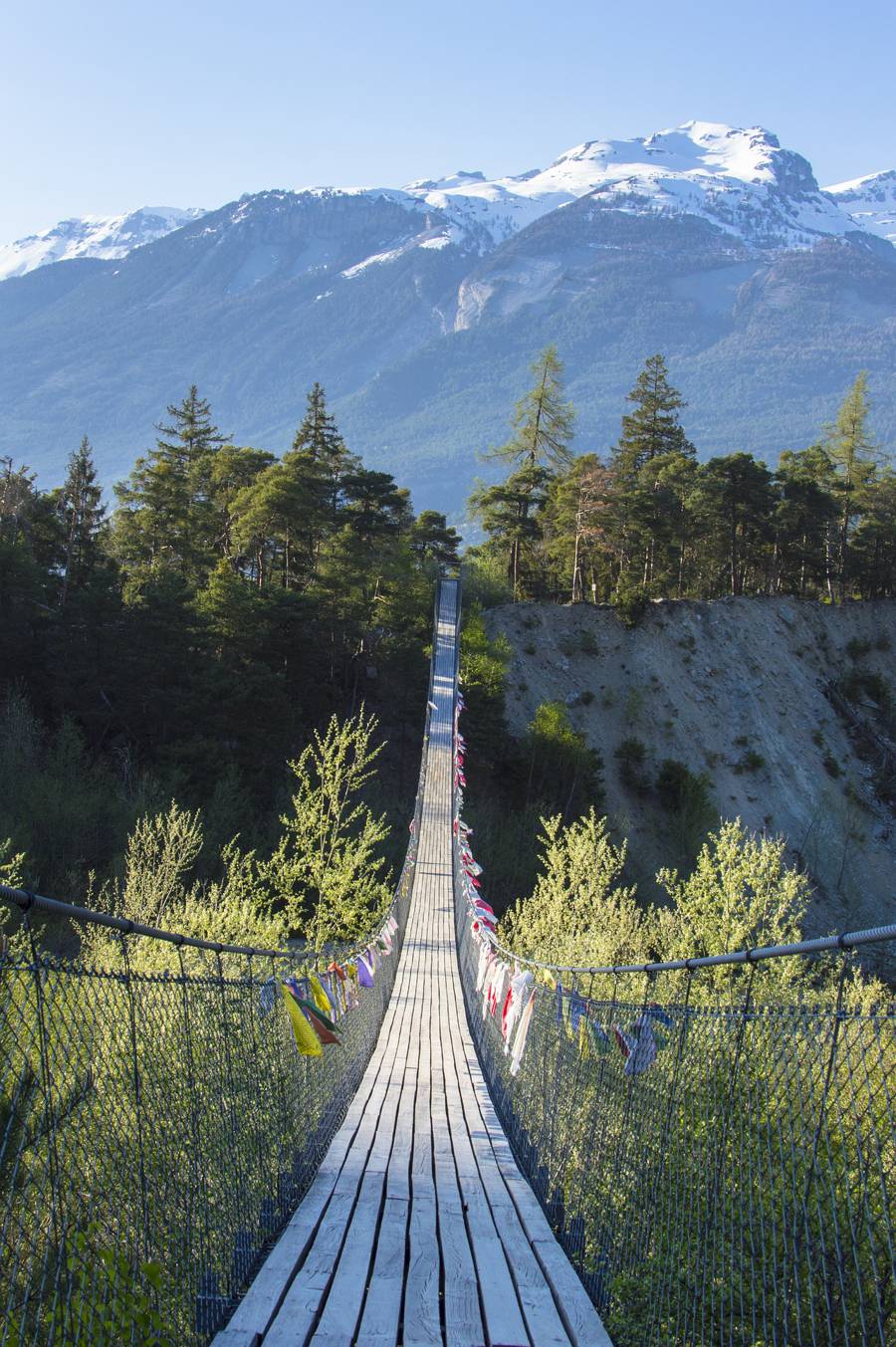
The Natural Beauty of Bhutan
Bhutan boasts some of the most breath-taking landscapes in the world. From the snow-capped peaks of the Himalayas to the lush forests that cover much of the country, Bhutan is a nature lover’s paradise. Visitors can trek through the forests, hike to high mountain lakes, or simply take in the stunning views from the comfort of their hotels.
One of the most iconic natural wonders of Bhutan is the Paro Valley, which is surrounded by snow-capped mountains and home to the famous Tiger’s Nest Monastery. The monastery, perched precariously on a cliff, is one of the most popular tourist attractions in Bhutan and offers visitors stunning views of the valley below.
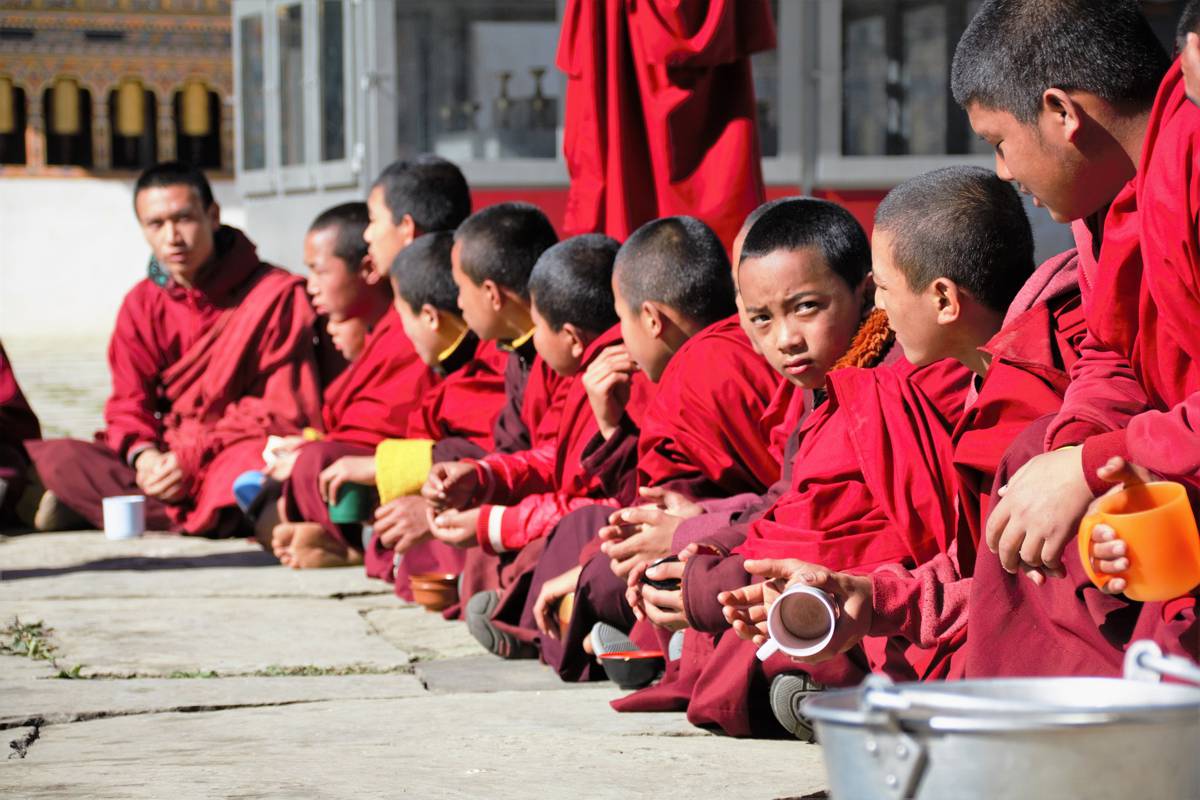
The Unique Culture of Bhutan
Bhutan is also known for its rich cultural heritage and traditions. The country is the last remaining Buddhist kingdom in the world and has successfully maintained its unique cultural identity in the face of globalization. Visitors can witness this first-hand by visiting the many monasteries and temples that dot the Bhutanese landscape.
One of the most unique cultural experiences in Bhutan is the annual Tsechu Festival, which takes place in various temples and monasteries throughout the country. The festival is a celebration of Bhutanese culture and features colourful masked dances, traditional music, and other cultural performances.
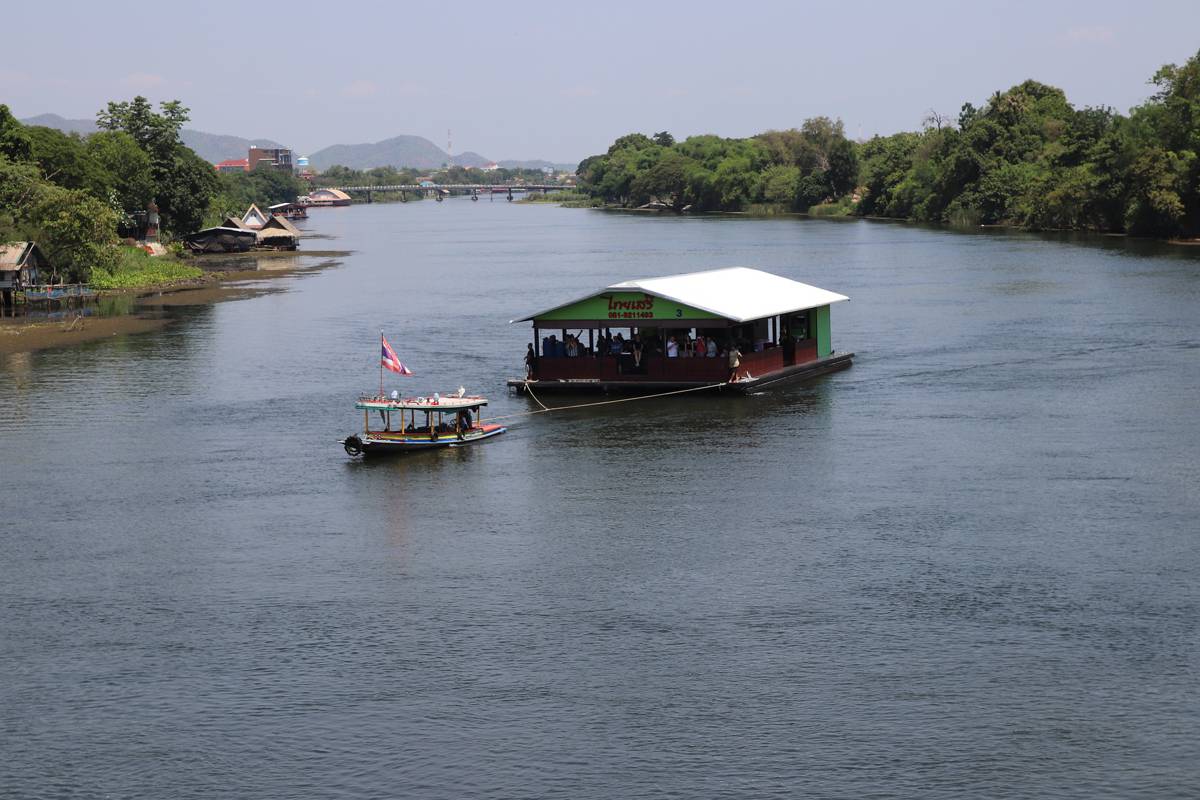
Exploring the Beauty of Bhutan through Travel
Bhutan is a truly unique and magical destination, offering a blend of stunning natural beauty, rich cultural heritage, and a modern yet traditional way of life. From the soaring peaks of the Himalayas to the lush forests and fertile valleys, Bhutan is a traveller’s paradise.
One of the best ways to experience Bhutan is by traveling around the country and immersing yourself in its diverse landscapes and rich culture. There are many different modes of transportation to choose from, including flights, buses, and private vehicles, making it easy to get around and see the sights.
One of the most popular destinations in Bhutan is the Paro Valley, home to the country’s only international airport. This valley is known for its stunning beauty, with snow-capped peaks, crystal-clear rivers, and rolling hills dotted with traditional Bhutanese farmhouses. The Paro Valley is also home to several important cultural and historical sites, including the Paro Dzong and the Taktsang Monastery, also known as the Tiger’s Nest.
Another must-visit destination in Bhutan is the capital city of Thimphu, which is a vibrant and modern city with a strong cultural heritage. Thimphu is home to several important landmarks, including the Memorial Chorten, the Changangkha Lhakhang, and the National Museum of Bhutan, which provides a fascinating glimpse into the country’s history and culture.
For those who love nature and outdoor activities, Bhutan offers endless opportunities for adventure, including hiking, trekking, rafting, and birdwatching. Some of the most popular trekking destinations in Bhutan include the Jhomolhari Trek, the Laya-Gasa Trek, and the Snowman Trek, which takes trekkers through some of the country’s most remote and beautiful landscapes.
No matter how you choose to explore Bhutan, you’re sure to be enchanted by its unique blend of natural beauty, rich cultural heritage, and friendly people. From its towering peaks to its lush valleys, Bhutan is truly a destination unlike any other.
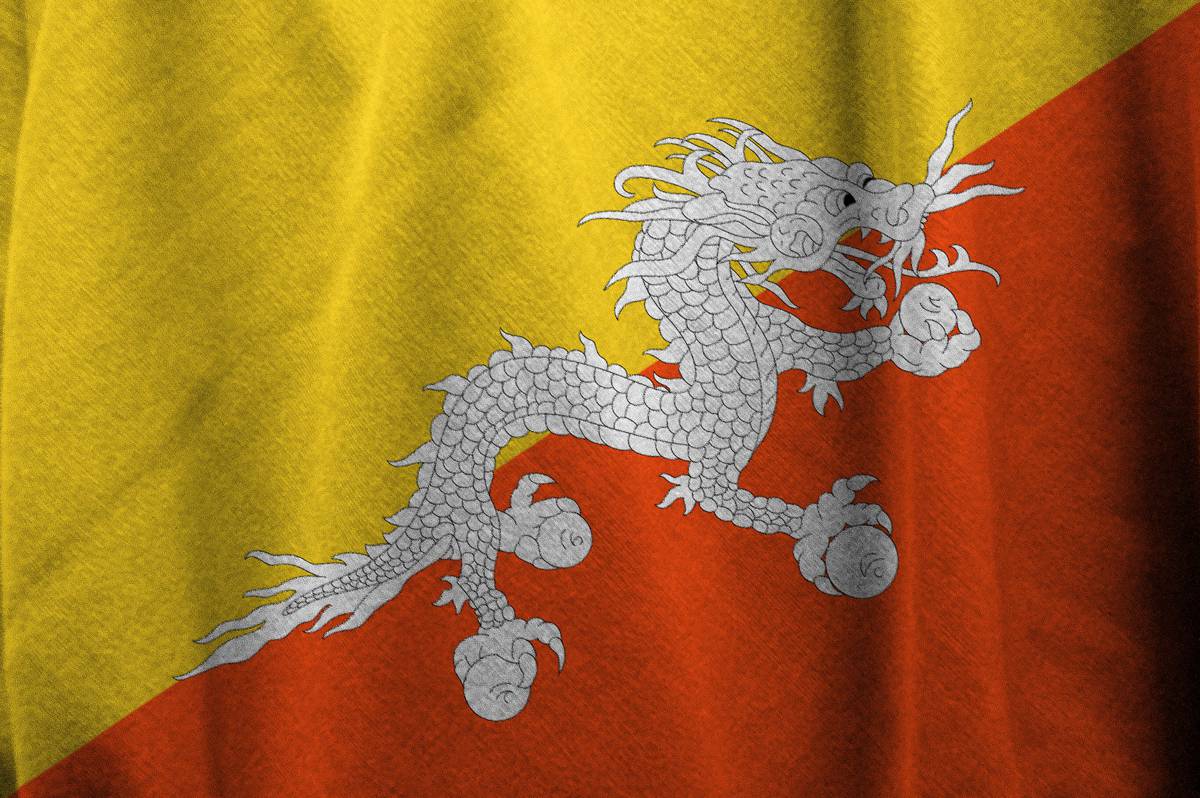
The History of Bhutan
Bhutan has a rich and fascinating history that spans thousands of years. The earliest known inhabitants of Bhutan were nomadic tribes who migrated from the Tibetan plateau. These early settlers lived a simple life, relying on hunting, fishing, and agriculture for survival.
In the 7th century, Bhutan was first introduced to Buddhism, which quickly became the dominant religion and helped shape the country’s culture and traditions. During this time, Bhutan saw the rise of several powerful Buddhist kingdoms, including the Drukpa Kingdom, which lasted from the 12th to the 17th century.
In the 17th century, Bhutan was unified under the rule of Shabdrung Ngawang Namgyal, who established a centralized government and helped lay the foundation for Bhutan’s unique cultural and political identity. Shabdrung Ngawang Namgyal is revered as the father of Bhutan and his legacy continues to influence the country to this day.
In the 19th century, Bhutan faced several territorial and military threats from neighboring British India, leading to the signing of the Treaty of Sinchulu in 1865, which established Bhutan as a protectorate of British India. This relationship continued until 1947, when India gained independence from Britain.
In the 20th century, Bhutan began to modernize and open up to the outside world. In 2008, Bhutan transitioned to a democratic constitutional monarchy, with the King of Bhutan serving as head of state and a Prime Minister serving as head of government. Today, Bhutan is one of the fastest-growing economies in Asia and is recognized for its unique approach to development, which prioritizes happiness and well-being over economic growth.
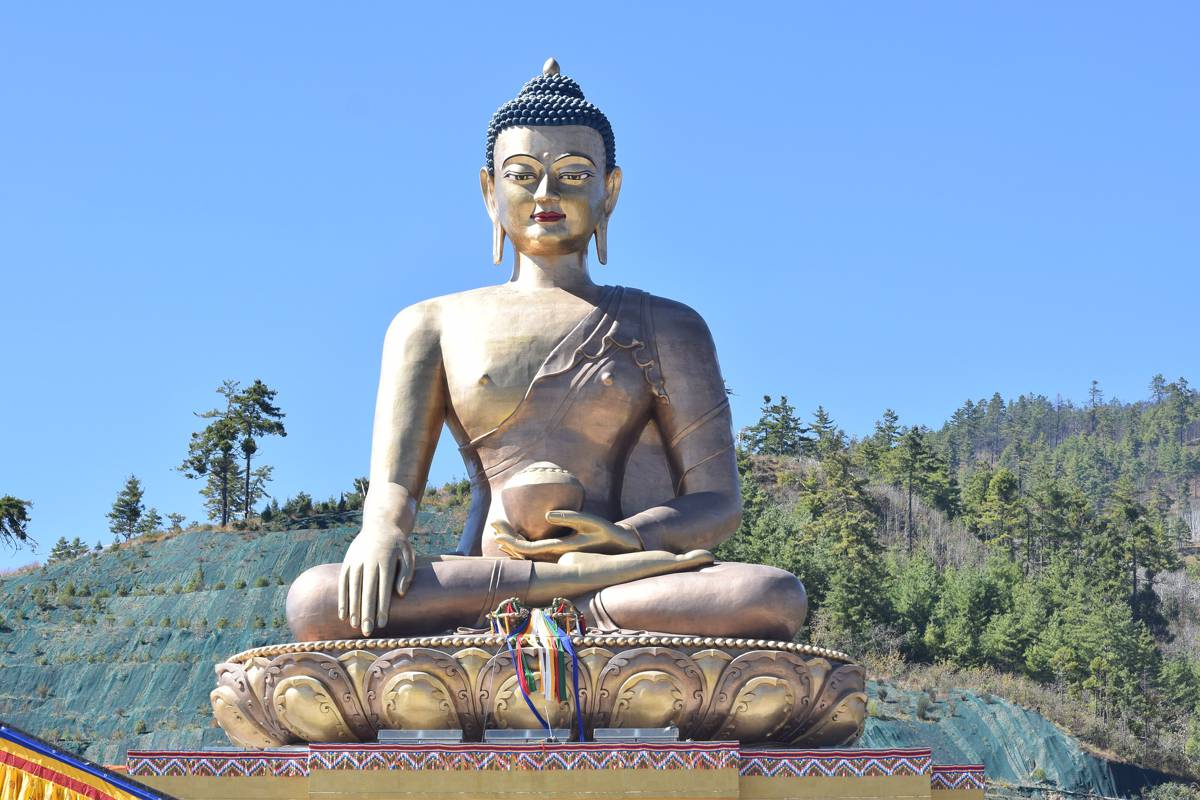
Bhutan’s Approach to Development
Bhutan has famously adopted the concept of Gross National Happiness (GNH), which measures a country’s success based on factors such as environmental preservation, cultural preservation, and the well-being of its citizens.
This unique approach to development has resulted in a country that is clean, safe, and happy. Visitors to Bhutan will quickly notice the lack of traffic and pollution, as well as the friendly and welcoming locals.
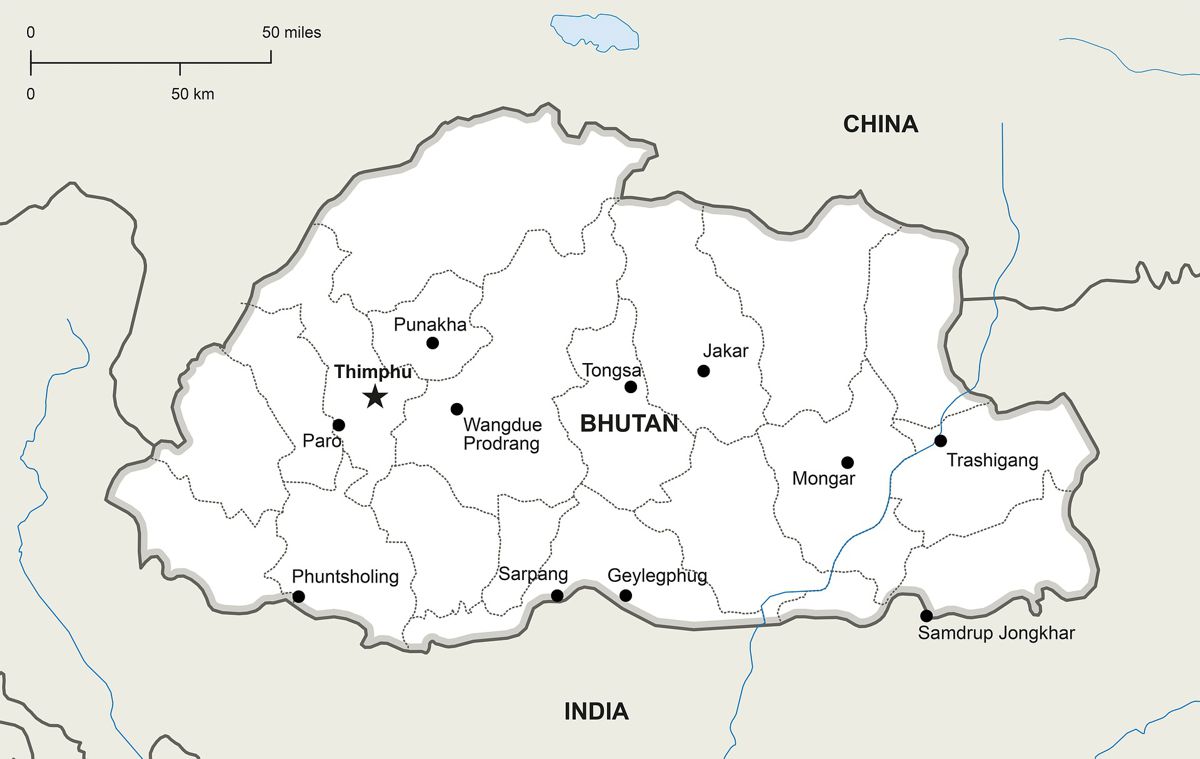
Conclusion
In conclusion, Bhutan is a truly unique destination that offers visitors an unforgettable experience. From its stunning natural beauty, rich cultural heritage, and unique approach to development, Bhutan is a destination that should be at the top of every traveller’s bucket list.
